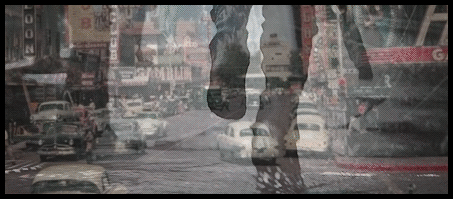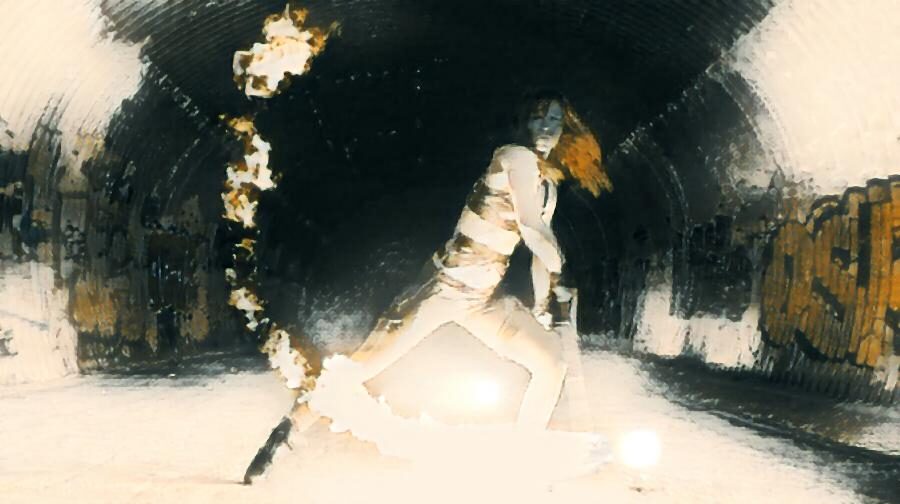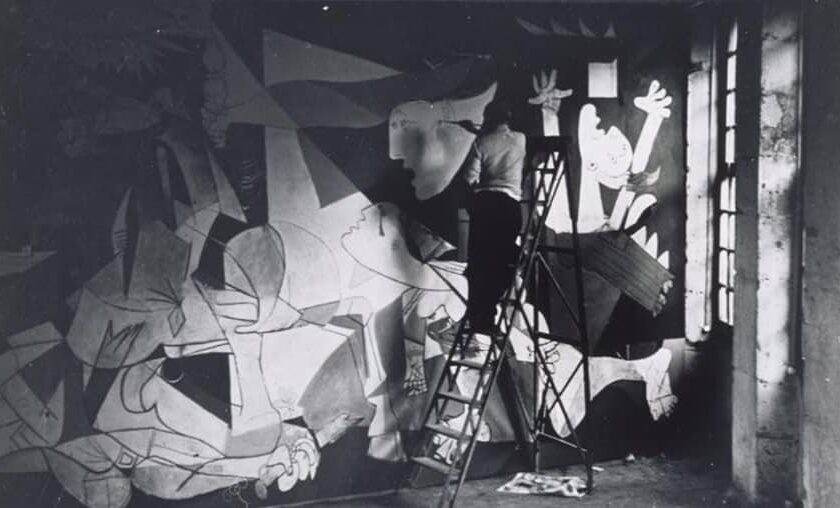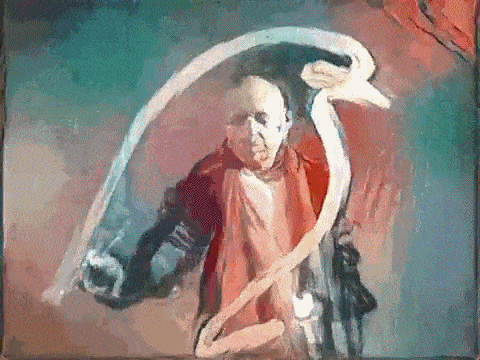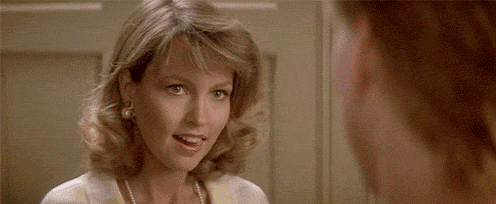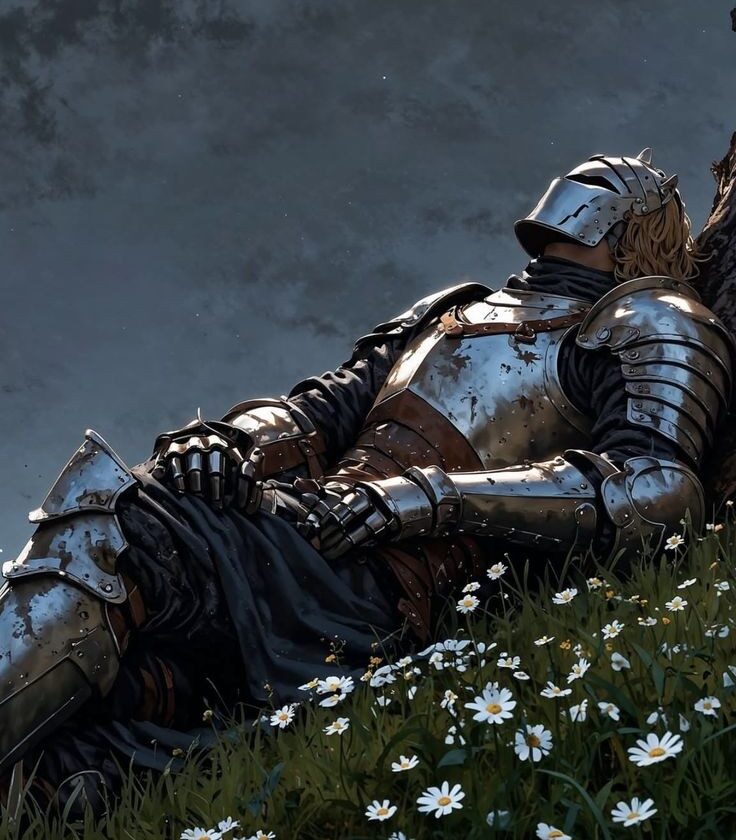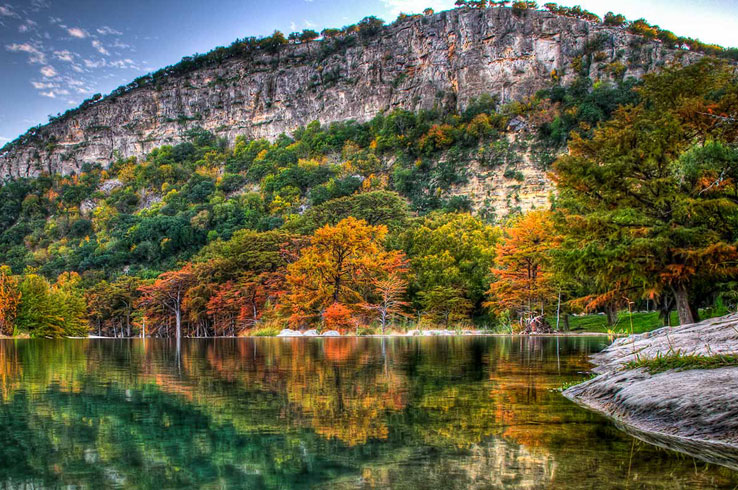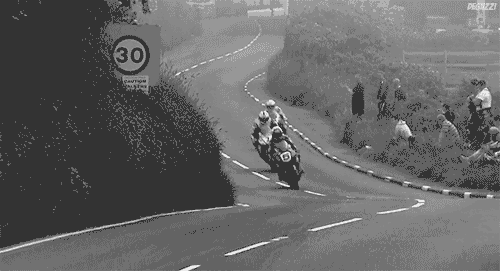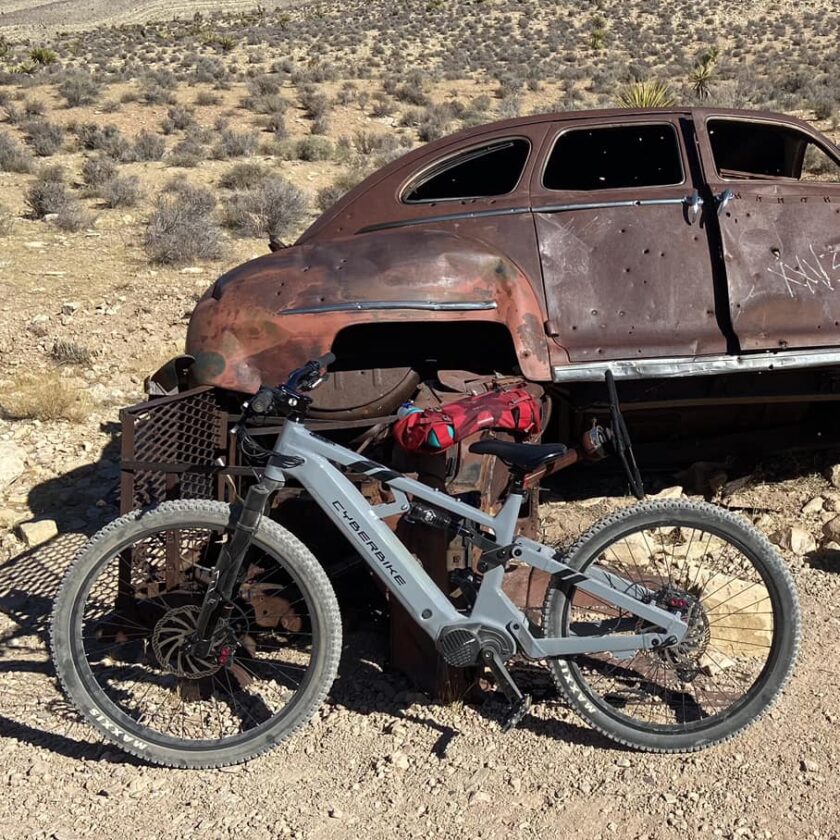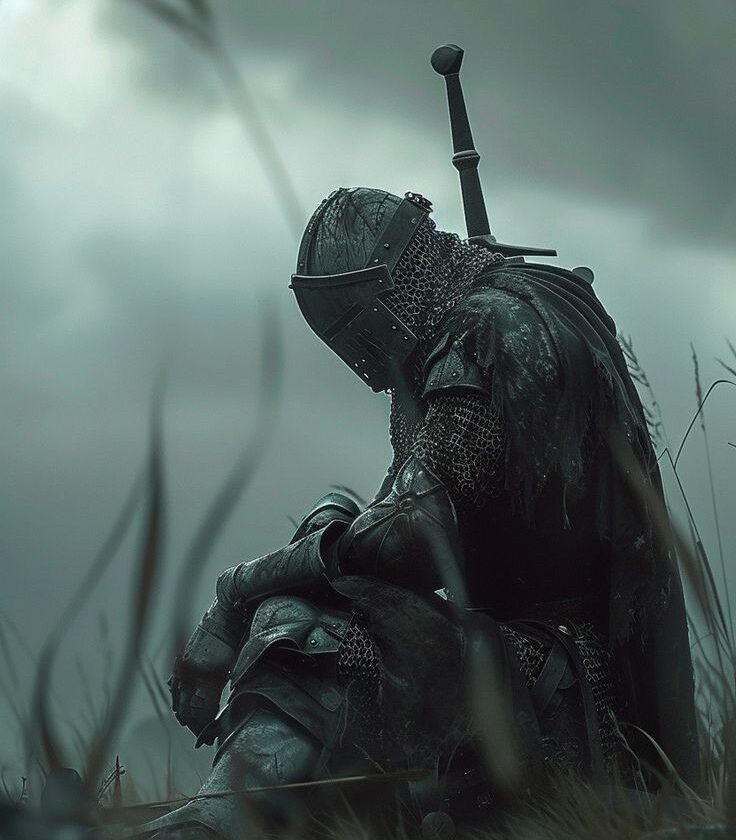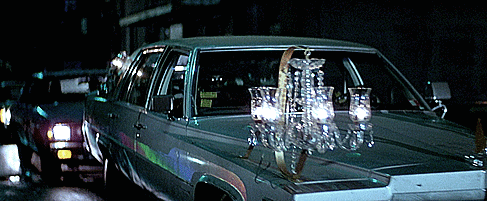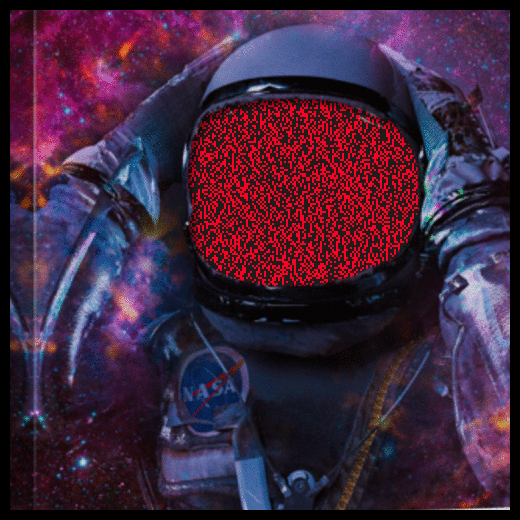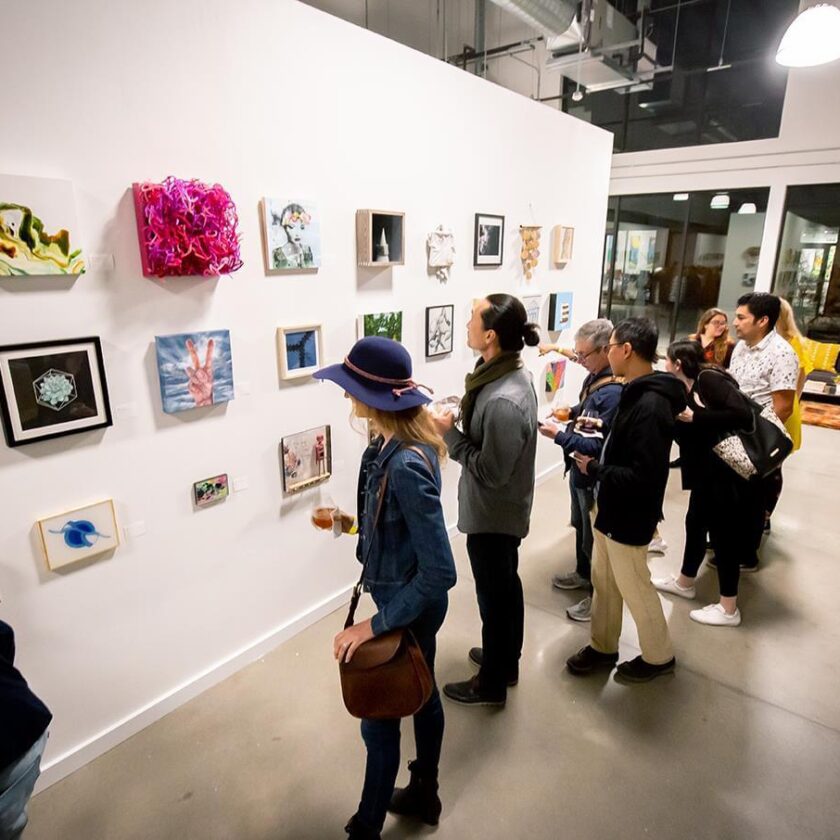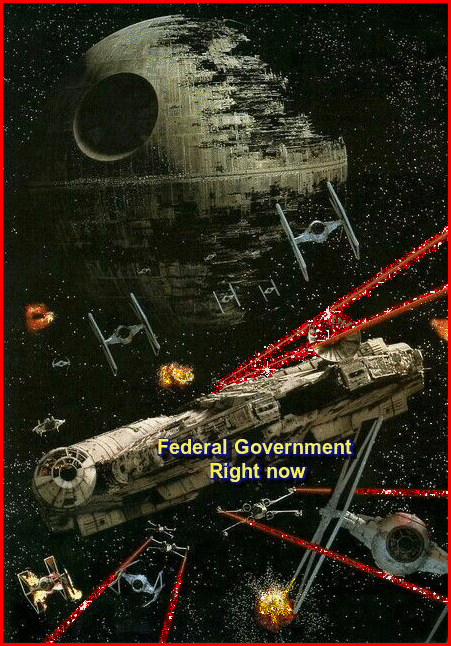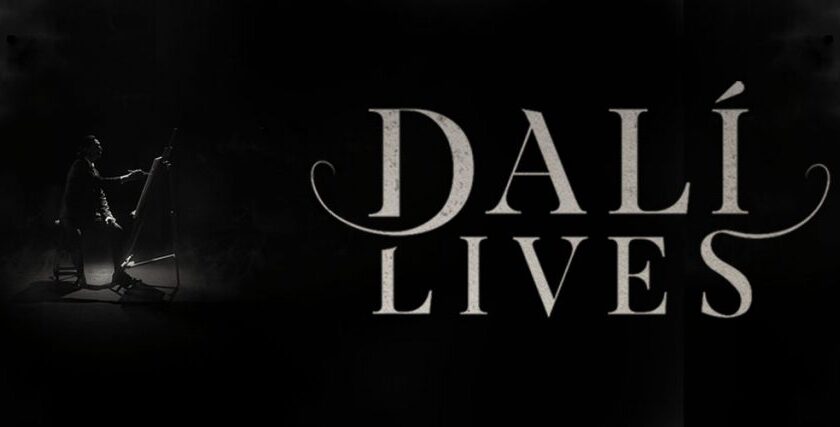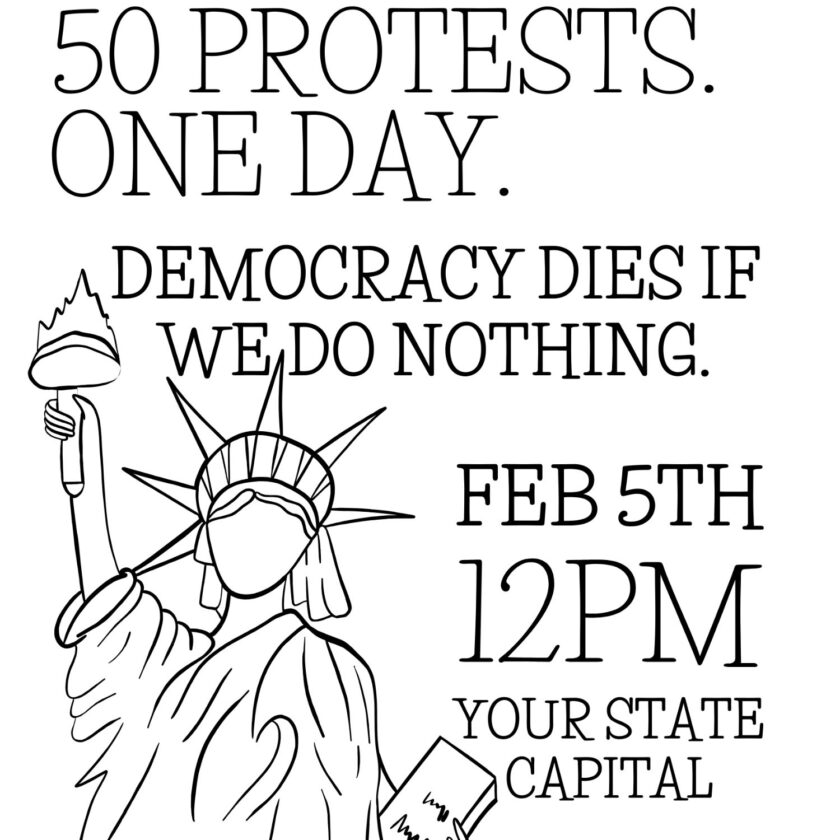An art history deep dive on “Guernica” by Pablo Picasso currently at Museo Nacional Centro de Arte Reina Sofía In Madrid, Spain. It is regarded by many art critics as the most moving and powerful painting of the 20th century. This piece conveys both a personal and a universal experience; An expression of private, individual pain and public opposition to the actions of fascists during the Spanish civil war.
” Guernica is an icon of modern art, the Mona Lisa for our time. As Leonardo da Vinci evoked a Renaissance ideal of serenity and self-control, Guernica should be seen as Picasso’s comment on what art can actually contribute towards the self-assertion that liberates every human being and protects the individual against overwhelming forces such as political crime, war, and death.”
Guernica, 1937 by Pablo Picasso
Behind the Masterpiece
Guernica (Spanish: [ɡeɾˈnika]; Basque: [ɡernika]) is a large 1937 oil painting by Spanish artist Pablo Picasso.[1][2] It is one of his best-known works, regarded by many art critics as the most moving and powerful anti-war painting in history.[3] It is exhibited in the Museo Reina Sofía in Madrid.[4]
The grey, black, and white painting, on a canvas 3.49 meters (11 ft 5 in) tall and 7.76 meters (25 ft 6 in) across, portrays the suffering wrought by violence and chaos. Prominently featured in the composition are a gored horse, a bull, screaming women, a dead baby, a dismembered soldier, and flames.
Picasso painted Guernica at his home in Paris in response to the 26 April 1937 bombing of Guernica, a town in the Basque Country in northern Spain, by Nazi Germany and Fascist Italy at the request of the Spanish Nationalists. Upon completion, Guernica was exhibited at the Spanish display at the 1937 Paris International Exposition and then at other venues around the world. The touring exhibition was used to raise funds for Spanish war relief.[5] The painting soon became widely acclaimed, helping to bring worldwide attention to the Spanish Civil War that took place from 1936 to 1939.
It is widely thought that Surrealist photographer and anti-fascist activist Dora Maar, Picasso’s romantic partner at the time, had a significant influence on the style and politicized theme of Guernica.[6]
Linda Ronstadt
Linda Maria Ronstadt (born July 15, 1946) is an American singer who performed and recorded in diverse genres including rock, country, light opera, the Great American Songbook, and Latin music.
Ronstadt has earned 11 Grammy Awards,[3] three American Music Awards, two Academy of Country Music awards, an Emmy Award, and an ALMA Award. Many of her albums have been certified gold, platinum or multiplatinum in the United States and internationally.
What would be the best way today to protest against a war? How could you influence the largest number of people? In 1937, Picasso expressed his outrage against war with Guernica, his enormous mural-sized painting displayed to millions of visitors at the Paris World’s Fair. It has since become the twentieth century’s most powerful indictment against war, a painting that still feels intensely relevant today.
